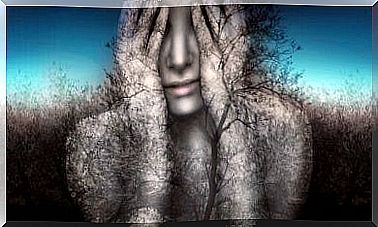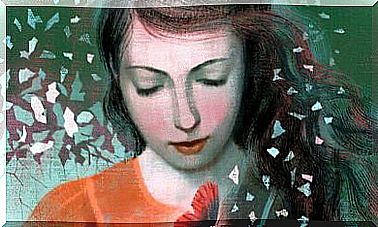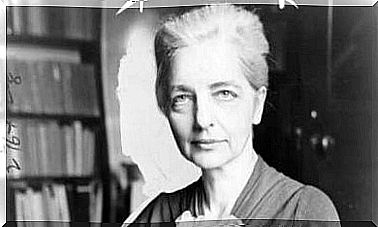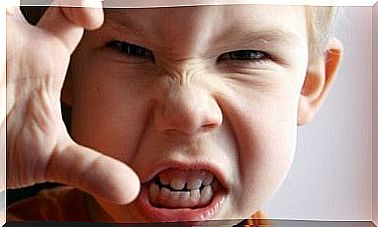Jane Goodall, From Fan To World Reference
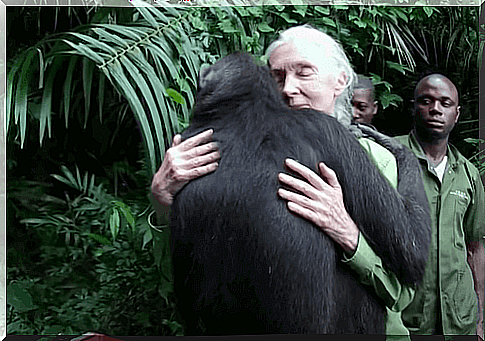
Jane Goodall is the world’s foremost chimpanzee expert. She fights tirelessly for their conservation and respect. Despite the inability to sum up decades of primate studies in just a few words, this article attempts to bring together some of his great contributions to understanding behavior.
It is also impossible to capture in an article his extraordinary personality, his commitment to the world, his kindness. This article is therefore an invitation to learn about this incredible woman. She is the best example of how small changes can change the world.
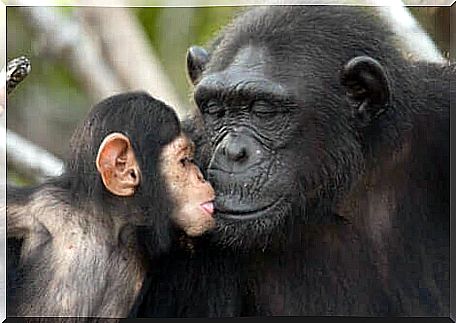
Who is Jane Goodall?
Jane Goodall (April 3, 1934) is an English primatologist, ethologist and anthropologist famous for having studied chimpanzees for several decades in Gombe Stream National Park (Tanzania). From an early age, she is in love with animals.
After reading Tarzan for the first time, she wanted to go to Africa to study animals. She even says she was jealous that Tarzan married the wrong Jane.
His first experience of observing animal behavior dates back to the age of 4. She wanted to understand how hens lay their eggs. To do this, she hid near a chicken coop to watch chickens for more than four hours. Her parents even had to call the police.
Subsequently, her mother allowed her daughter to share her findings. Jane says that, thanks to her mother’s interest, a scientist was born that day.
On a personal level, Jane’s case may be the best example to show that stimulating children’s curiosity is important. They must be helped to experience for themselves and to question their environment. It is the best way for them to grow up to be happy, engaged and passionate adults.
The first time Jane Goodall visited Gombe, she did so with her mother, as at that time it was not considered safe for a young, unmarried woman to travel to this area on her own. They spent four months there, during which Jane could only observe the chimpanzees from a distance.
She succeeded in obtaining her doctorate in ethology, which allowed her to continue studying the behavior of primates. In 1960, paleontologist Louis Leakey sent him to Tanzania to study the social and family interactions of wild chimpanzees. This is how several exciting decades of field studies began.
Jane’s first finds
One of the first things she discovered about chimpanzees, when she could only observe them from a distance through binoculars, was that they were able to build and use tools. This ability was considered uniquely human.
His discovery then meant that chimpanzees looked much more like humans than previously thought. This statement, like many others, has been poorly received in the scientific world.
She also observed that they were very social beings. They spent a lot of time grooming, playing with each other or tickling each other. They hugged, held hands, and even kissed.
She studied their call sounds and nonverbal language as a way of expressing fear, sadness, or as a sign of threat or danger. It was also a revolution, since these behaviors were considered uniquely human.
Maternal behavior in chimpanzees and humans
When it comes to maternal behavior, we have examples that show that we could determine two different parenting styles. Jane Goodall observed that, in general, mothers were protective and fostered the independence of their offspring.
They cared for and stimulated them to promote their proper development, just as human mothers do. This is what we see today as a secure attachment base.
But there is another case. The observation of the Passion chimpanzee, an indifferent and insensitive mother, demonstrated the importance of maternal behavior and attachment for the proper development of young, just as it is in humans.
Jane Goodall found that young people depended on their mothers for many years as they learned to fend for themselves through observation. She studied more specifically the case of Flint.
Flint was a chimpanzee who as a teenager continued to suckle and demanded constant attention from his mother Flo. Very old, Flo died in an accident. Flint found his mother and, after looking at her for a long time, returned to his community. The depression he seemed to be suffering from only got worse and he eventually stopped eating in order to die.
Flint’s case could be extrapolated to Spitz’s study of the effects of mother-child separation. The separation can cause anaclitic depression or hospital syndrome in the child, which can lead to death from marasmus.
A small part of Jane Goodall’s findings has been described. These are the most significant findings and the ones that can most easily be linked to understanding human behavior.
His studies served as the basis for all subsequent research on chimpanzees. Her research has made her the most important primatologist in the world. Thanks to her research, she has received numerous awards.
Critics of Jane Goodall’s work
Upon entering university to do her doctorate, she was accused of doing poor research. She was notably criticized for naming the chimpanzees, as it was unscientific and suggested anthropomorphism. Many also criticized the fact that she attributed different emotions and personalities to them.
They have been tempted to discredit her on numerous occasions for the simple fact of being a woman. And this, especially when she suggested the similarity between humans and primates. The headlines attributed her success not to her amazing work, but to her gorgeous legs or blonde hair.
Ignoring criticism, Jane Goodall has used some to her advantage. In particular to obtain more financing and to continue his studies.
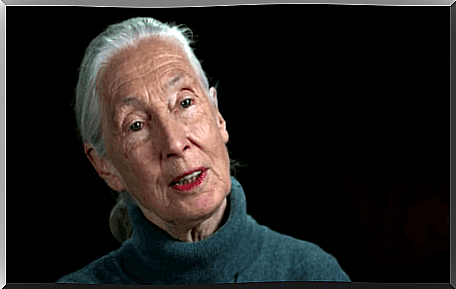
From researcher to activist
After the Chicago Academy for Conservation summit where you could see the impact of deforestation, Jane Goodall gave up fieldwork and became an activist. Thanks to her fight for the conservation of these primates and their habitat, she is considered a “world ambassador for chimpanzees”.
To this must be added the many educational programs of the Jane Goodall Institute and its conferences to educate humans about the impact of our behavior on nature and promote respect. No matter how intelligent she is, she considers that the human being is not intelligent, because he destroys his only house.


